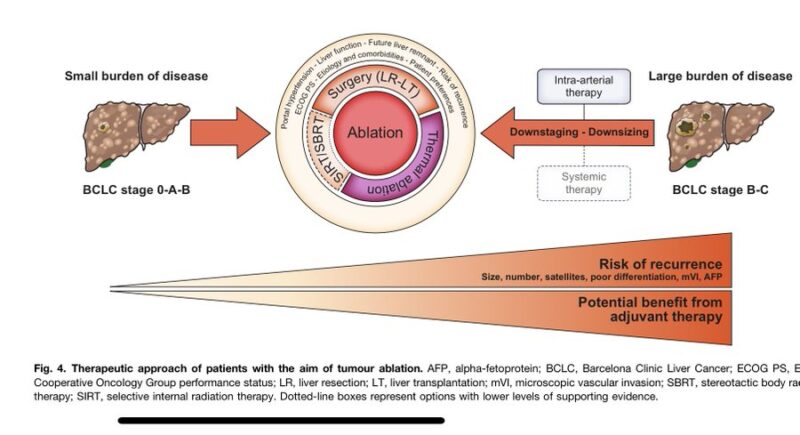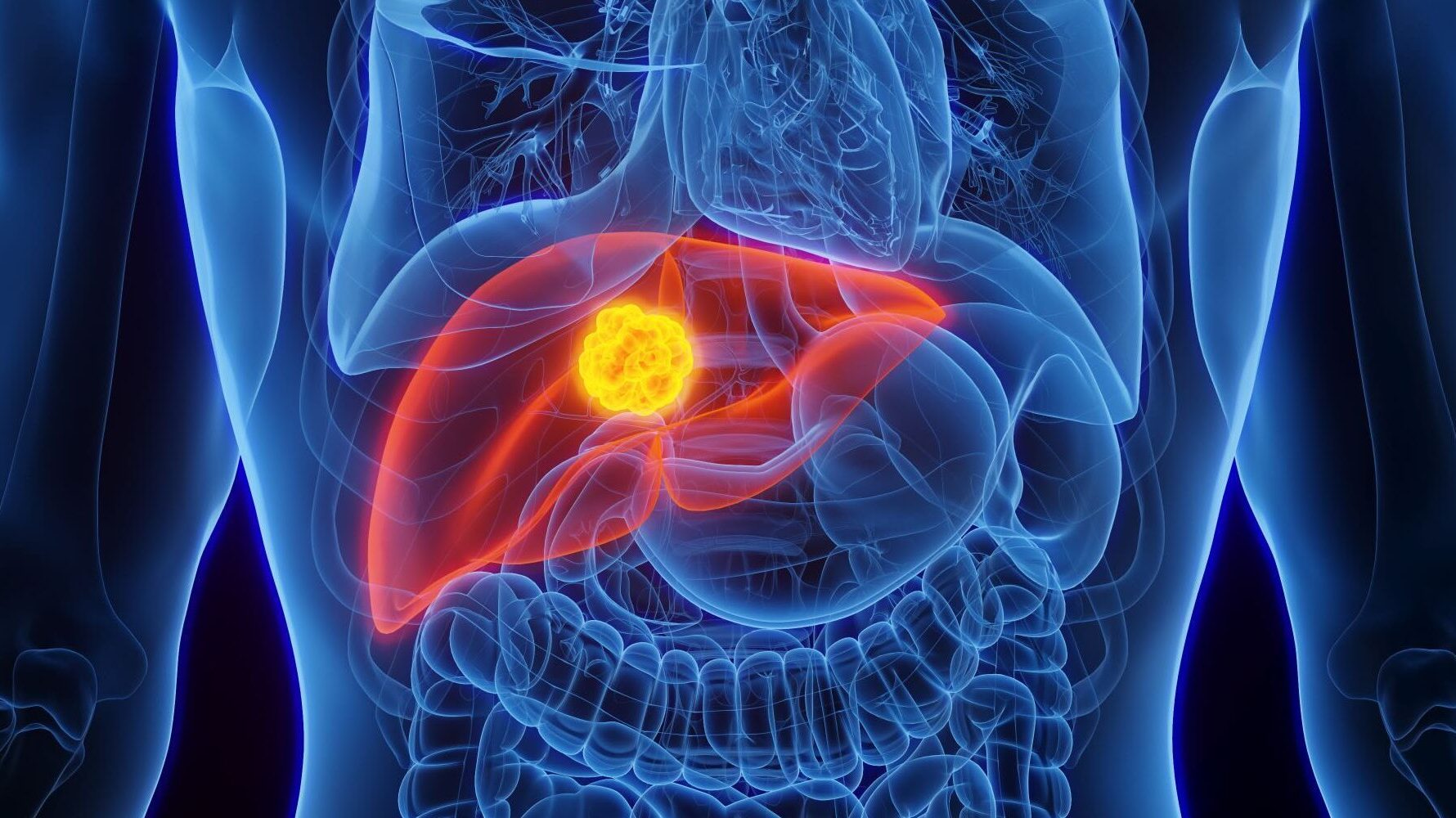Gustavo Viani, Professor of Radiation Oncology at Ribeirão Preto Medical School, posted on X:
“HCC Guideline Alert:
The Role of Radiotherapy by BCLC Stage from EASL Clinical Practice Guidelines on the management of hepatocellular carcinoma. A thread for the radiation oncology community.
Let’s break it down by BCLC stage!
BCLC Stage 0-A (Very Early and Early Stage)
RT Role: SBRT or proton beam therapy is an alternative to ablation (RFA) for small, unresectable tumors near critical structures.
Recommendation: SBRT is indicated for inoperable cases or when RFA is contraindicated due to tumor location.
Technique and Dose:
• SBRT: 30–50 Gy in 3–5 fractions, ensuring precise targeting with image-guided techniques.
• Proton Therapy: Useful for minimizing dose to surrounding liver tissue.
Supporting Studies:
Rim et al. (2019): Meta-analysis of SBRT for small HCC (<5 cm) showed a 3-year local control rate of 83.9%, comparable to ablation but safer for tumors near critical structures.
BCLC Stage B (Intermediate Stage)
RT Role: RT complements TACE (Transarterial Chemoembolization) or serves as an alternative when TACE is not feasible due to large tumor size or poor response.
Recommendation: Combine SBRT with TACE in large or unresectable tumors, especially when TACE alone is insufficient.
Technique and Dose:
• SBRT: 35–45 Gy in 5 fractions.
• Radiation Segmentectomy: High-dose selective RT (absorbed dose >190 Gy) to target a specific liver segment.
Supporting Studies:
• Sapir et al. (2018): SBRT achieved a 2-year local control rate of 91% compared to 23% with TACE in a propensity-matched analysis.
• Buckstein et al. (2022): TACE + SBRT demonstrated improved tumor response and local control in patients with large tumors.
BCLC Stage C (Advanced Stage)
RT Role: SBRT or proton beam therapy for advanced disease, particularly in cases of portal vein tumor thrombosis (PVTT) or oligometastatic lesions.
Recommendation: SBRT is indicated for PVTT to improve survival and should be considered in combination with systemic therapies.
Technique and Dose:
• SBRT: 40–50 Gy in 5 fractions for PVTT.
• Proton Therapy: Preferred when sparing normal liver tissue is critical, particularly in extensive disease.
Supporting Studies:
• Guo et al. (2022): RT significantly improved survival in PVTT compared to TACE alone.
• Yoon et al. (2023): SBRT combined with lenvatinib improved progression-free survival in patients with PVTT.
BCLC Stage D (End-Stage)
RT Role: Palliative radiotherapy for symptom control, including pain, bleeding, or mass effect from large tumors or metastases.
Recommendation: Palliative EBRT is recommended to alleviate symptoms and improve quality of life in end-stage disease.
Technique and Dose:
• Palliative EBRT: 20–30 Gy in 5–10 fractions, depending on symptom severity and patient tolerance.
Supporting Study:
• Chen et al. (2014): EBRT combined with sorafenib achieved symptom relief and tumor stabilization in advanced, symptomatic HCC.
Conclusion
Radiotherapy is an effective and evolving modality, providing increased local control and improving outcomes across all HCC stages, particularly with modern techniques like SBRT and proton therapy.”

